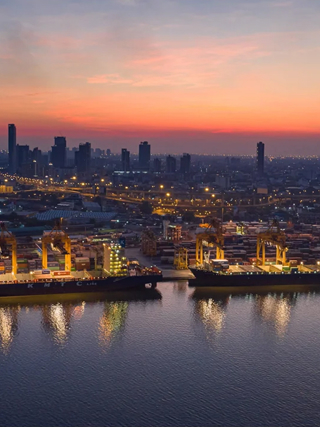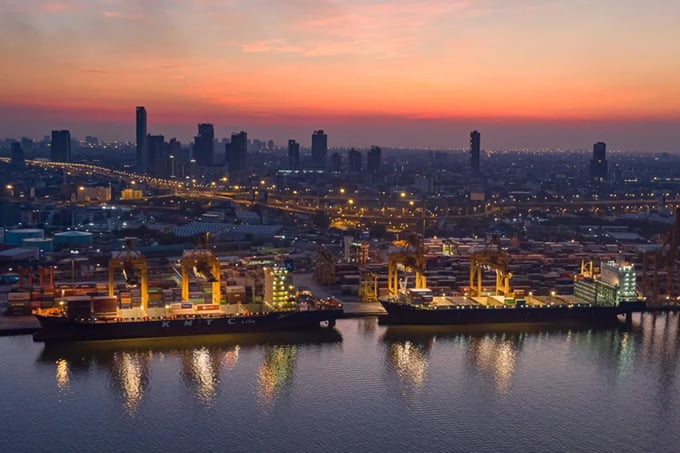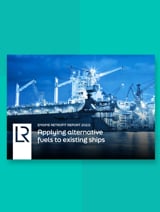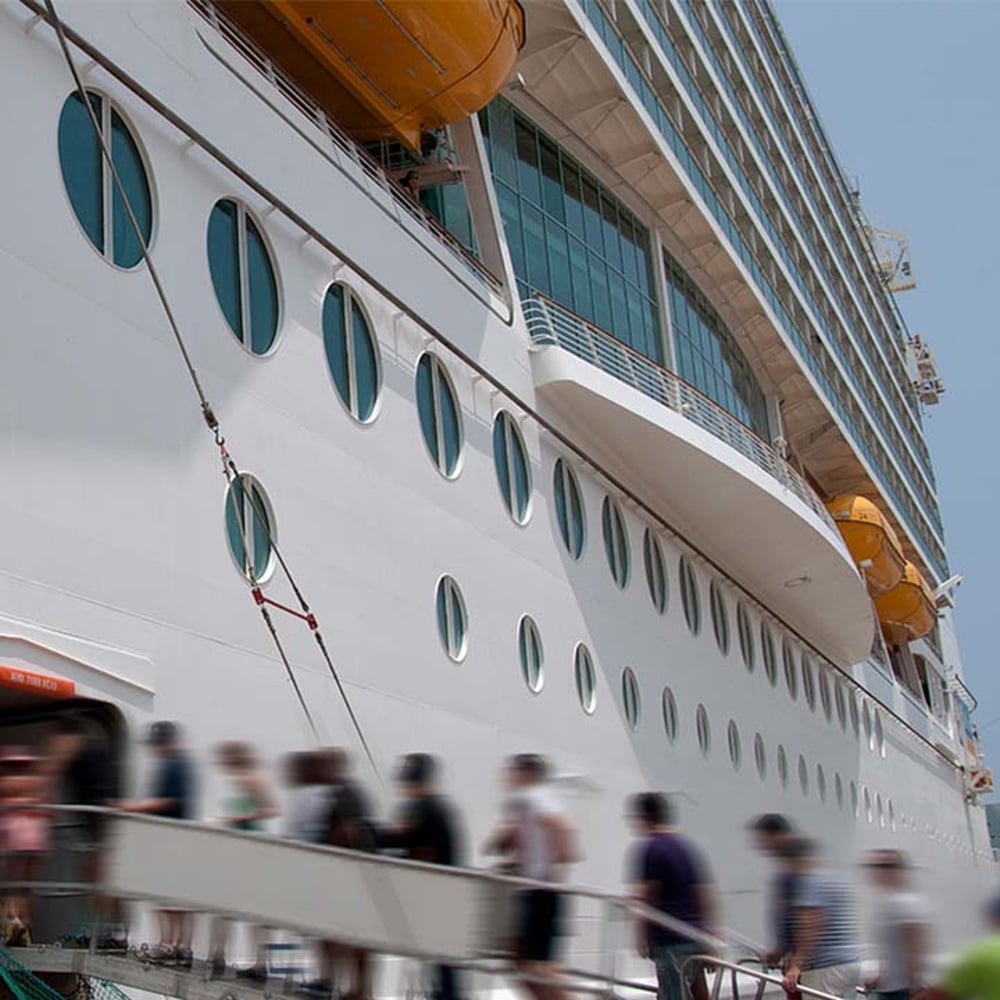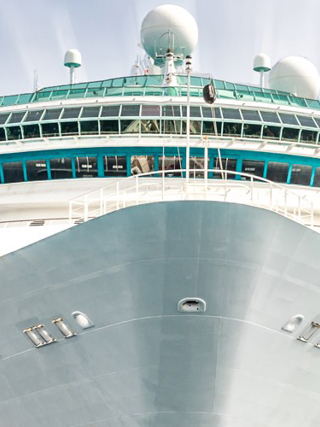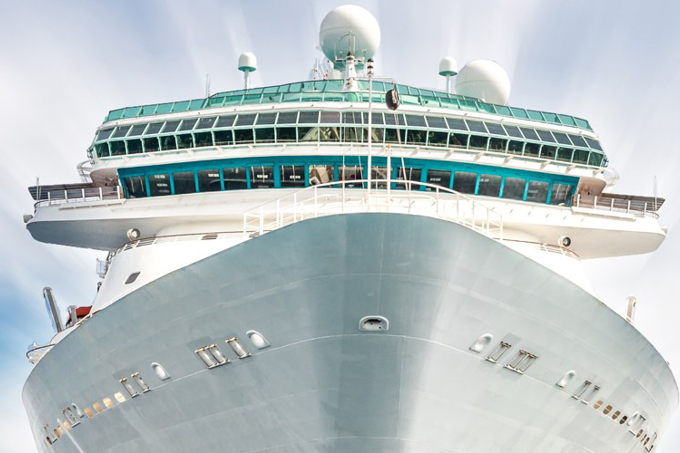Download our list of the top challenges that cruise lines will face to safely return to business, and find out about tailored solutions that are essential to resume cruising.
The passenger, ferry and cruise sectors were global shipping’s highest profile coronavirus casualties, but downsized lines are now reactivating idled ships as they prepare for tourism’s ‘new normal’.
Last month, some of the world’s most expensive passenger ships were sailing to reposition at ports to prepare for first sailings in Europe, a year after operations were suspended. Cruise lines that generate some €53 million for the European economy and £10 billion for the UK are now overcoming significant technical, health, safety, regulatory, operational and design challenges arising from the new, post-COVID-19 landscape.
From ventilation and vaccination protocols to response plans, refurbishments, revised food handling and crew training – cruise lines’ have to meet a raft of new rules so some of 210 passenger ships over 5,000 dwt identified as idling over the last 12 months or more can return to business.
“Cruise lines are doing a lot of work to identify all the risks that arise from not operating for a year so that they can come back successfully with new protocols,” said Joep Bollerman, LR’s Vice President for Passenger Ships. “The industry has to make sure that equipment that hasn’t been used for a while has been well-maintained and is performing as expected. There’s going to be a lot of eyes on those first cruises and they need to be a success.”
There has been a staggered return of passenger ships to service, led by several services that launched in Asia from December. MSC Lines is among the first to resume cruises in the Mediterranean, followed by some of Carnival Corp’s brands in late March, and Norwegian Cruise Line and Royal Caribbean in June. Coastal cruising in the UK for vaccinated passengers are planned on two Carnival passenger ships from their P&O brand between July and September, as the UK lifts lockdowns and restrictions on hospitality, retail and tourism.
Cruise lines worldwide have already postponed sailings on reactivated ships because of ever-changing government regulations, which vary by country. Canadian cruise bans through to February 2022 extended delays in restarting Alaskan cruises, for example. Initial voyages in Asia and the Mediterranean are shorter and intra-country, with reduced passengers, and strict vetting, quarantine and social distancing measures.
By late March, North American and Caribbean cruises had yet to resume although the European restart is providing a template for both US authorities and lines anticipating an autumn return. There, passenger ships remain idled at sea off the Caribbean or at US ports, which itself poses challenges for surveying and maintenance regimes.
“Because the US has very strict regulations to prevent people boarding at ports, often another ship has to go alongside in open waters to get engineers and necessary professionals aboard. Ships are then requiring us to quarantine for 14 days – we had one surveyor who spent 14 days in his cabin before he was allowed to leave,” said Bollerman.
It takes around 10 to 12 weeks to reactivate a cruise ship, he said, which includes starting up and testing all equipment, as well as boarding an additional 1,500 crew and retraining them. Very few cruise ships went into cold lay-up when cruises were halted in March 2020, as nobody anticipated the pandemic’s duration. Most anchored at sea or in safe locations at sheltered ports with a skeleton crew of about 100. New ships already had redesigned ventilation systems and cold air redistribution systems to allow 100 percent fresh air so the largest challenges are for older ships, according to Bollerman.
“The systems we are most involved in are the water distribution, the air conditioning and the cold air distribution systems, so they have 100 percent fresh air capabilities or an enhanced filter or treatment of the air,” he said.
The lack of international guidelines or regulations in order to comply with countries’ discrete protocols and response plans adds to complexities for any return to service. “We have a set of regulations from 50 different countries to comply with and it’s these little different details that make it a real challenge for a cruise line that calls at different ports in different countries to comply,” he said.
LR is helping operators review the risks in returning to service which includes a descriptive note known as SHIELD, alongside workshops that review all possible implications of an idled ship. The process incorporates evaluating then verifying six areas covered by World Health Organisation protocols including food-handling, potable water, ventilation, medical responses, hotel services and cleaning.
“These aren’t specific prescriptive requirements, but they are goal-based. We don’t say how you have to do it, but we have a lot of subject matter experts at LR that can evaluate the proposal from the client and say ‘that’s good enough’ or ‘you’re missing on this’ or ‘can you fine tune this a little bit’,” Bollerman said.
There are also general technical checks such as testing that fuel remains stable despite not being used, or that the four or six diesel engines on a ship that are used to generate electricity all effectively function. General maintenance and surveys that may have initially been deferred also need to be completed and in order.
The last significant interruption in North American cruising was seen after the 9/11 terror attacks of 2001. That downturn in travel left about half of ships temporarily at anchor, but for periods of less than six months. Despite the lengthier disruption and complex COVID-19 protocols, Bollerman is confident of a cruising comeback.
“I think the industry is going to come back – and it will be stronger than ever.”
Thought leadership, maritime insights and expert advice from Lloyd’s Register.
